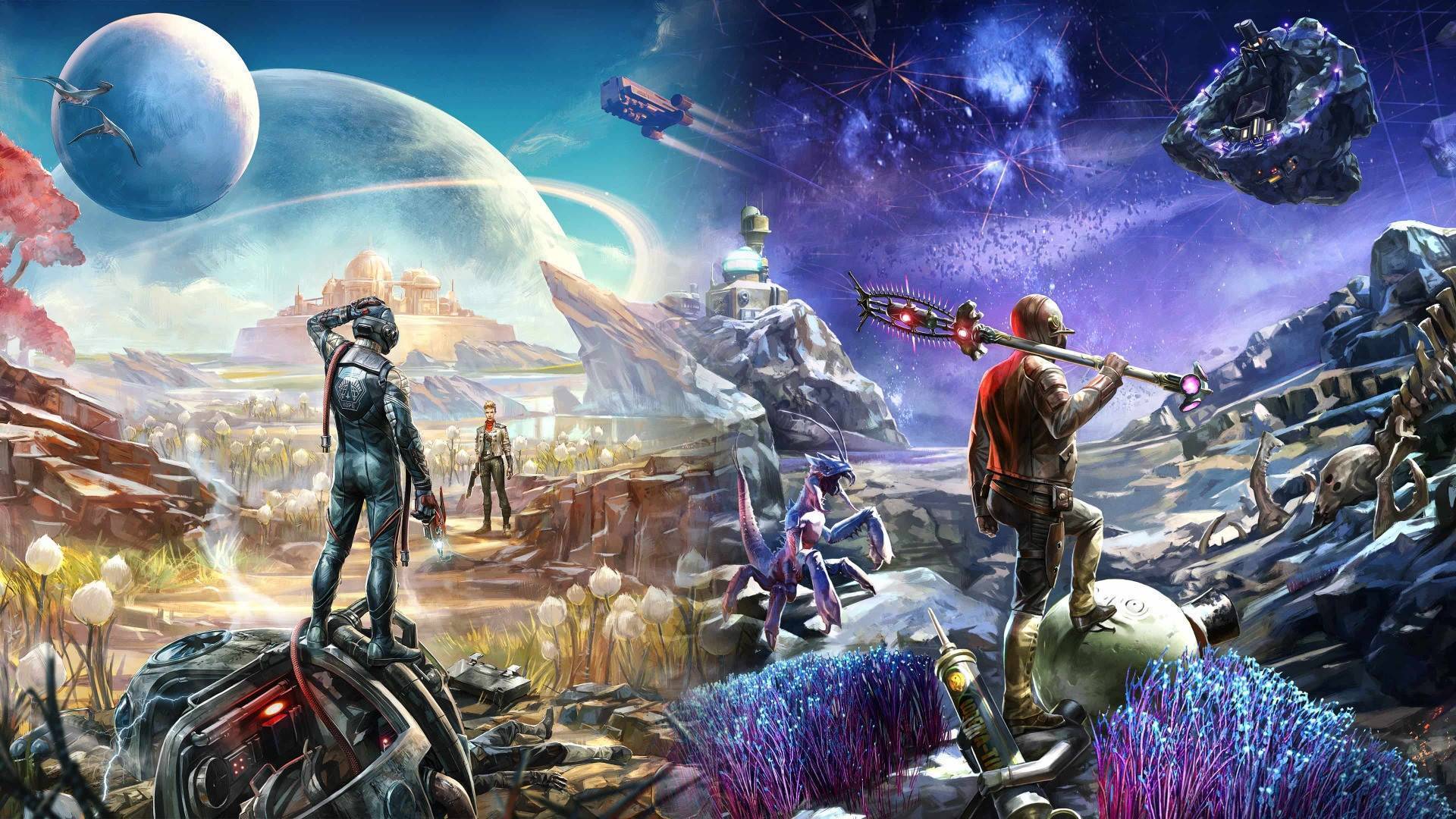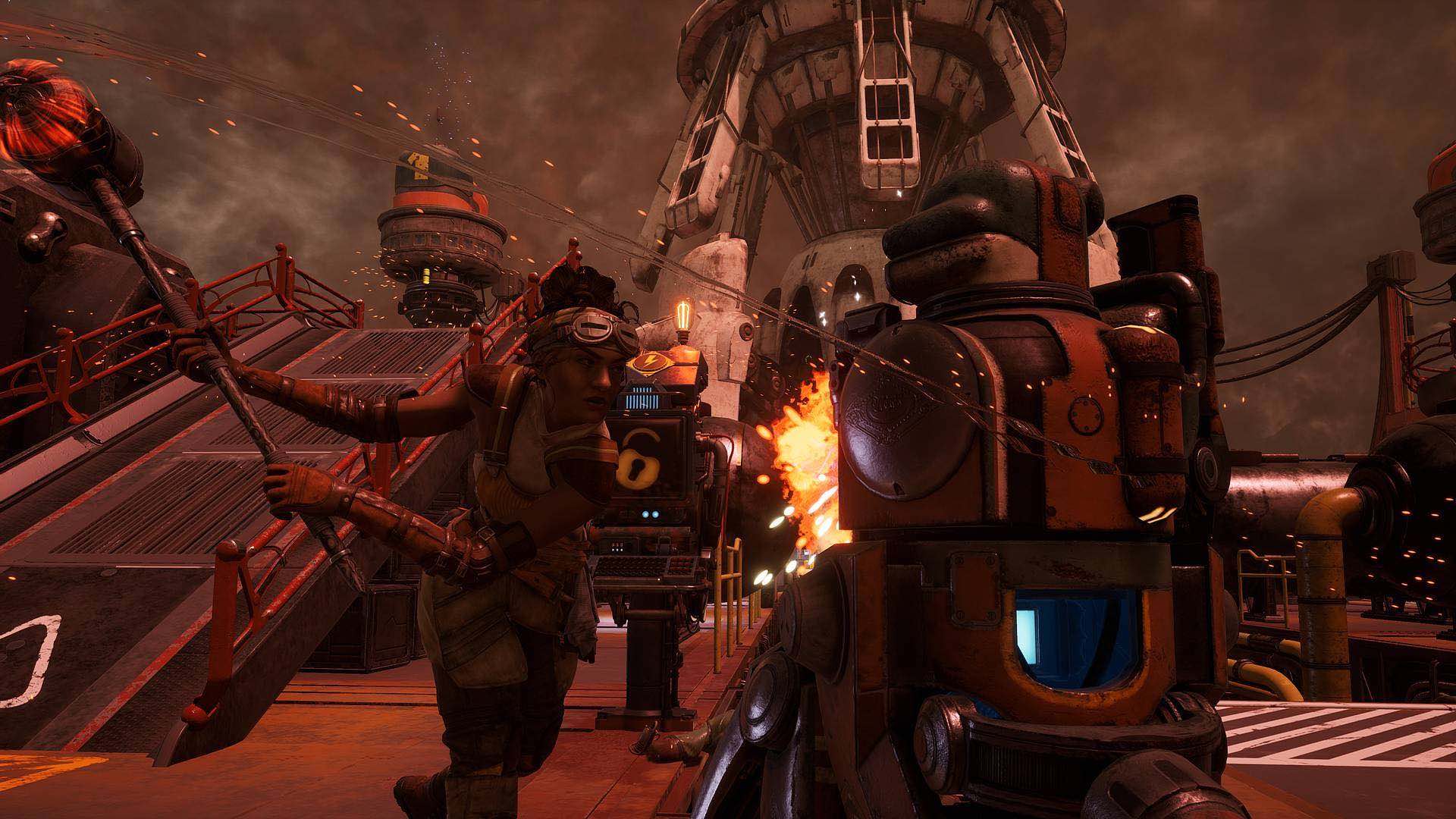

For example, at 40 points into long range weapons, players will unlock extra damage to critical hits.Įvery other level up also unlocks a perk point, which is a type of free-for-all upgrade like extra base health or more damage for companions. Each of the smaller categories has bonuses associated with hitting certain point thresholds. Are they a character that likes ranged attacks and strong defense? Or do they prefer using the companion characters to do all of the heavy lifting? Then, as they level up even further, players can go into the smaller categories (like hacking or medical) to put points into those. Players can put points (earned through XP) into a number of categories like Defense, Ranged Attacks, or Stealth, which have three sub categories within those larger groups.Īt first, the goal is to give the character a general platform to work from. The look of the character is arguably the least impressive element of the customization, but the layers underneath can support a variety of approaches. Usually, companion characters are relegated to their role in combat or who seems the “coolest,” but The Outer Worlds’ companions legitimately impact the story and it was difficult choosing who to take along.Īlongside the amount of agency that players have in the interactions with the world, the customization available to "building" their character is just as involved. Every companion has their own opinions about quests and will often time comment on the choices that the player has made.

They are so much more than quest givers.Īdd to that a companion system that lets players take up to two characters along for their journey (at a time), and the options expand from there. Obsidian has put a ton of detail into every NPC, giving them backstories, motivations, and even developing personalities. The Outer Worlds actually presents those choices in a way that makes it feel like every response selected is evolving the relationship between the player character and the world around them. RPGs often use the illusion of choice to give players the feeling that there are many different outcomes in front of them. In most cases, the goal of each quest is not as cut and dry as helping the good guys topple the bad guys, and usually, there is no "right" answer. Sometimes the dialogue choices can solve the problem right out of the gate, while other times a little prodding will uncover optional solutions and objectives. Every new NPC typically has some task they would like to see completed, and the player can oblige if they choose.Įach of the quests is built in such a way that there is no point A to point B solution. But there are so many diversions away from the main goal that players will be engrossed just moving from one objective to the next.


The foundation of The Outer Worlds is a far-reaching space adventure that has the player character exploring a number of planets, completing a diverse array of tasks, and ultimately working towards a central goal. To put it simply, The Outer Worlds is a staggering combination of moving parts tailor-made for the hardcore RPG fan. Where the character sheet is filled with stats and numbers that represent the type of hero/anti-hero the player wants to control. It’s a modernized RPG where NPCs turn to face the player character and a number of choices appear just to make a greeting. Obsidian Entertainment’s The Outer Worlds is a game from a bygone era.


 0 kommentar(er)
0 kommentar(er)
